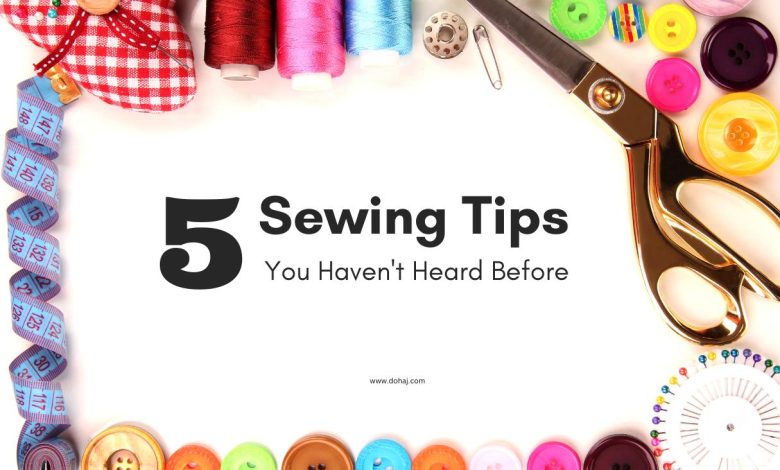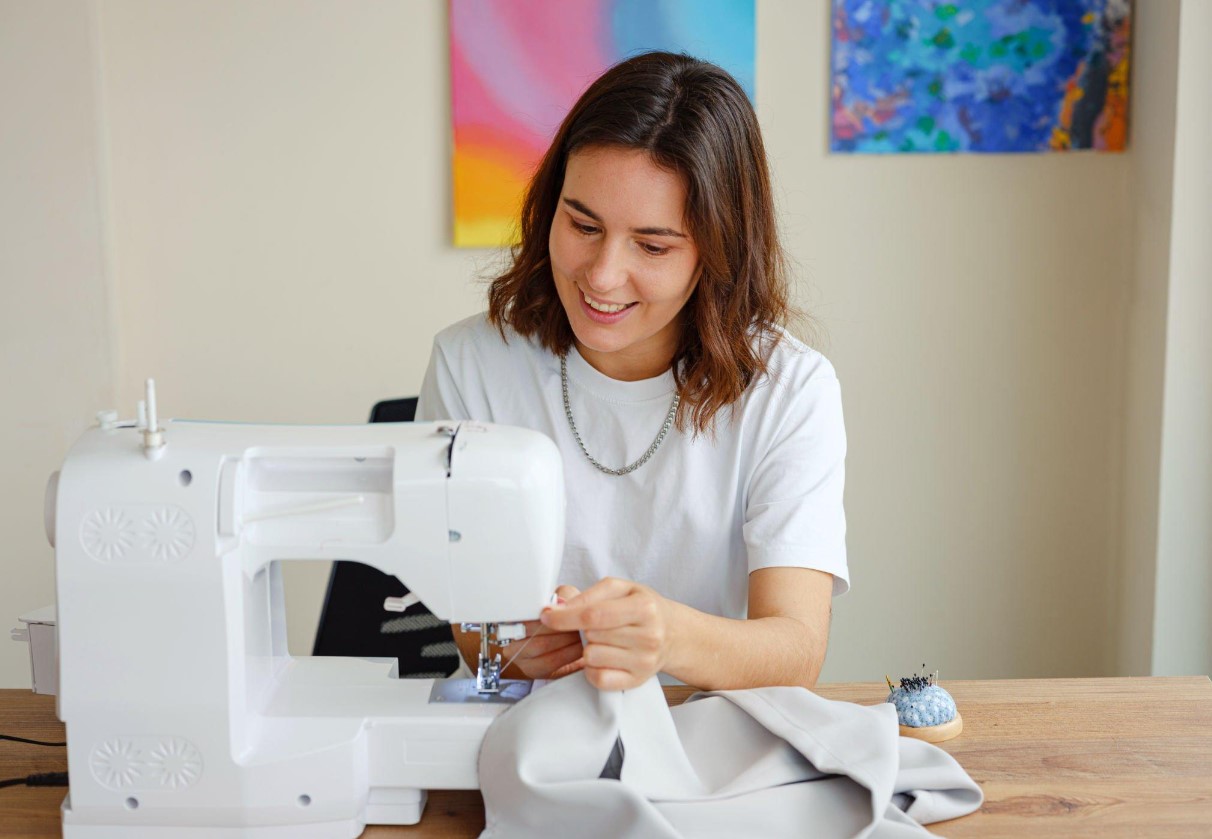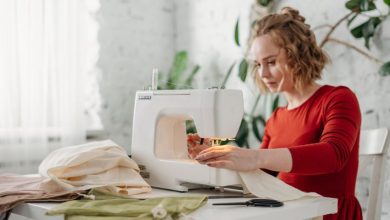5 Sewing Tips You Haven’t Heard Before (With Bonus Tips)

Sewing is a timeless craft that offers endless opportunities for creativity and self-expression. Whether you’re a seasoned seamstress or just starting out, there are always new tricks and techniques to discover. In this article, we’ll explore five sewing tips that you may not have heard of before but are incredibly useful.
5 Sewing Tips You Haven’t Heard Before
So, these 5 tips can help you overcome common sewing challenges and enhance your sewing projects. Let’s dive in!
1. Perfectly Matching Seams
One of the most frustrating challenges in sewing is dealing with seam mismatches, especially when they are as small as one millimeter. To solve this problem, follow these steps:
- Unpick the seam about one centimeter from each side. This will provide enough fabric to reposition the seam accurately.
- Place a pin at the seam line, right in the middle of both seams you want to match.
- Sew through the unpicked section, removing the pin just before the needle reaches it.
This technique results in perfectly matched seams every time. It’s a game-changer when working with stripes, checks, or any pattern that requires precise alignment.
2. Marking the Grain Line on Knit Fabrics
Marking the grain line is crucial for accurate pattern alignment, especially when working with knit fabrics. Here’s a simple and effective method:
- Take your fabric and hand sew along one of the knit pattern columns.
- Do this along the fold line where you plan to place your pattern detail.
This technique provides a precise grain line marking that works well for knit items, ensuring your projects turn out beautifully.
3. Handling Large Thread Spools
Dealing with a large thread spool that doesn’t fit the sewing machine can be a hassle. Instead of buying an expensive thread holder, try this cost-effective solution:
- Use a simple, clean cup.
- Place the thread spool inside the cup.
- Position the cup behind your sewing machine.
- Thread your sewing machine as usual.
The cup holds the thread spool securely and prevents it from falling, allowing you to continue sewing without interruptions.
4. Shortening Plastic Zippers
When you need to shorten a plastic zipper, it’s best to do it from the bottom. Follow these steps for a clean and secure finish:
- Cut the zipper two centimeters below your desired endpoint.
- Make one-centimeter depth cuts from each side of the zipper’s bottom teeth.
- Remove the excess zipper teeth.
- Fold and trim the fabric edges into a triangle shape.
- Sew across the top to create a secure finish.
This method provides a neat and reliable way to shorten plastic zippers while keeping them securely in place.
5. Safe Disposal of Used Needles and Pins
Disposing of old sewing machine needles and pins can be a safety concern. To safely manage this, follow this tip:
- Use a hard box, such as a Tic Tac box, to create a disposal container.
- Whenever you have an old needle or pin to dispose of, place it in the box and close it.
- Keep the box near your sewing machine for convenience.
This method ensures that used needles and pins are safely disposed of and won’t pose a risk to anyone.
Bonus Tips

As a bonus, here are two additional handy sewing tips to round out your repertoire:
- Make a Buttonhole: Creating buttonholes can be a bit tricky, but a simple method involves using a button as a guide. Place the button where you want the buttonhole and mark its size with tailor’s chalk. Then, sew around the chalk mark to create a perfectly fitting buttonhole.
- Remove Tailor Chalk Marks: Tailor’s chalk is an essential tool, but sometimes it leaves stubborn marks on your fabric. To remove them, use a white eraser or a damp cloth and gently rub over the chalk marks. This will help keep your finished projects looking clean and polished.
Last Words
These five sewing tips offer practical solutions to common sewing challenges and can enhance your sewing experience. From matching seams perfectly to safely disposing of used needles and pins, these techniques are valuable for both beginners and experienced sewists. Try them out in your next sewing project and see the difference they make in your craftsmanship. Happy sewing!



